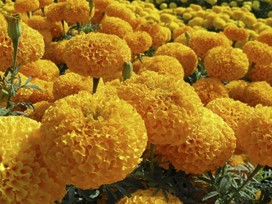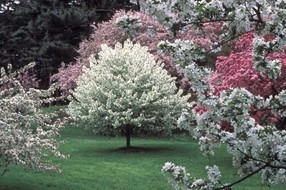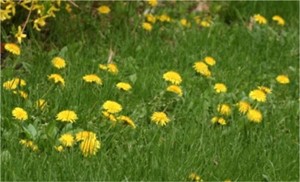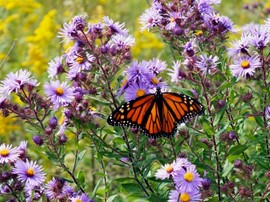Gardening: Pollinators will appreciate plants, trees that provide food
Mike Hogan
 Special to The Columbus Dispatch
Special to The Columbus Dispatch
Gardeners are increasingly concerned about the status of bees, butterflies and other insects as populations of these pollinators continue to decline. This decline can be attributed to many factors, including loss of habitat, climate change, disease, pesticide use and the spread of invasive plants.
Fortunately, there are several things that gardeners can do in their yards and gardens to provide habitat and maintain an ecosystem that supports and nurtures populations of pollinators.
Pollinators such as bees, butterflies and insects provide an extraordinary service in our food system. It is estimated that one out of every three bites of food we consume as humans can be traced back to the work of these pollinators.
Although many plants are pollinated by wind, birds and even small mammals, the overwhelming majority of food crops we rely on depend on pollination by bees, butterflies and other insects.
These pollinators are also critical to maintaining native plant populations that are important to maintaining biodiversity and supporting wildlife populations and ecosystem health.
Pollination is the physical movement of plant pollen from the male part (anther) of one flower to the female part (pistil) of another flower. Without pollination, most plants can’t produce seeds or fruit such as tomatoes, apples, cucumbers or hundreds of other foods.
Growing more flowers
Planting a variety of different flower colors, shapes and sizes in your yard and garden will appeal to a variety of pollinators. Grouping plants together in sunny locations around different parts of the yard will help pollinators find and feed on desirable flowers, while expending less energy in the search for plants. Getting your neighbors to also grow more flowers will help create important geographic pathways needed by pollinators.
Perennials such as asters, hyssop, milkweed and coneflower are excellent sources of nectar and pollen for pollinators. Annual flowers such as cosmos, marigold, zinnia and sunflowers are also good choices.
Providing season-long blooms
Different species of bees, butterflies and other pollinators are active in Ohio at different times of the year. Gardeners can help pollinators by planting flowers with a sequence of bloom throughout the growing season. Late-season perennials such as asters and goldenrod are particularly important because they provide a food source for pollinators at a time when other flowers have ceased blooming.
Choosing trees and shrubs
We often tend to think about colorful, showy flowers when we think about plants that will attract pollinators. But many trees and shrubs that don’t have colorful flowers can be an important source of pollen and nectar for pollinators, too. Maple, crab apple, linden and serviceberry are excellent choices for trees, while shrubs such as viburnum, pussy willow, ninebark and sumac will support pollinators.
Other considerations
A water source in the garden will help thirsty pollinators, particularly in the heat of summer. A shallow bowl or birdbath will provide sufficient water. A few sticks placed in the bowl will provide a place for bees and other insects to land and perch, preventing drowning.
Limiting chemical pesticide use will also benefit pollinators because pesticides can kill bees and other beneficial insects. Consider using an Integrated Pest Management (IPM) approach, which includes cultural and biological controls of harmful pests and use of less toxic alternatives such as soaps, horticultural oils and botanicals.
https://www.dispatch.com/story/lifestyle/home-garden/2021/02/07/gardening-pollinators-appreciate-plants-trees-provide-food/4293863001/












